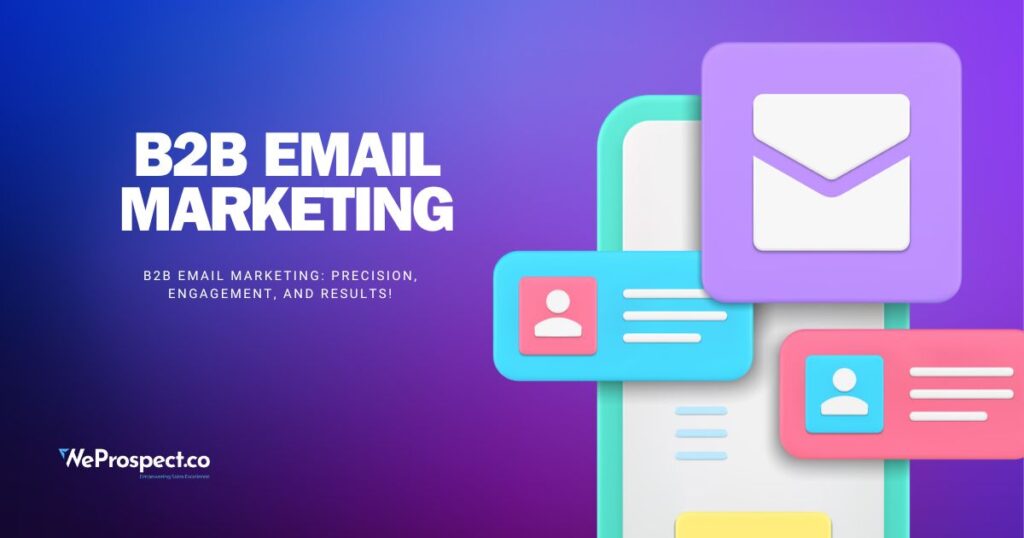
B2B email marketing is a strategy businesses use to communicate directly with other companies through emails, promoting their products or services. The goal is to nurture relationships with potential business clients, build brand recognition, and drive sales by providing valuable, relevant information.

Unlike B2C emails, which target individual consumers, B2B email campaigns target companies and usually involve reaching several decision-makers within an organization. This means general marketing tactics fall short because the business buying process is more complex. The key is to tailor content for different roles within the company to address their unique needs, concerns, and motivations.
Targeting Multiple Stakeholders: While a B2C email campaign focuses on one person making a purchase decision, B2B marketing often requires convincing several people, like budget managers, product users, and executives. Therefore, different email types are sent to these various stakeholders, tailored to their specific roles and interests.
Longer Sales Cycles: B2B purchase decisions typically take longer because they involve multiple departments and require budget approvals. A successful B2B email marketing strategy should accommodate this lengthy decision-making process, nurturing the relationship with regular, relevant emails over time.
Educational and Resourceful Content: Businesses seek information that helps them make informed decisions. Instead of promotions or flashy discounts, B2B emails are more effective when offering educational content such as industry insights, case studies, or product demos. This builds trust and positions the business as a knowledgeable leader in its field.
With these strategies, businesses can create more effective B2B email marketing campaigns that engage multiple stakeholders, nurture leads over time, and ultimately drive better business outcomes.

